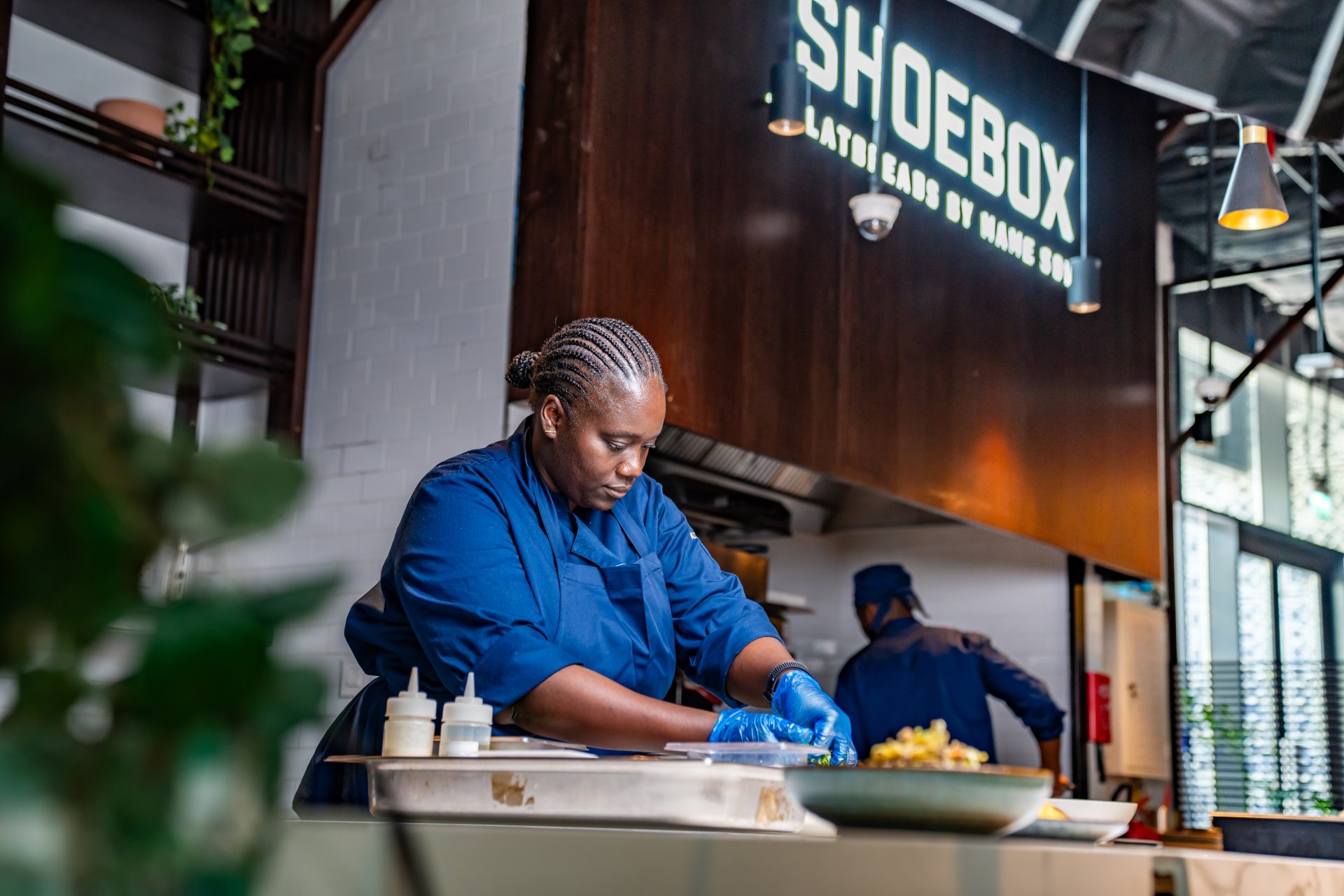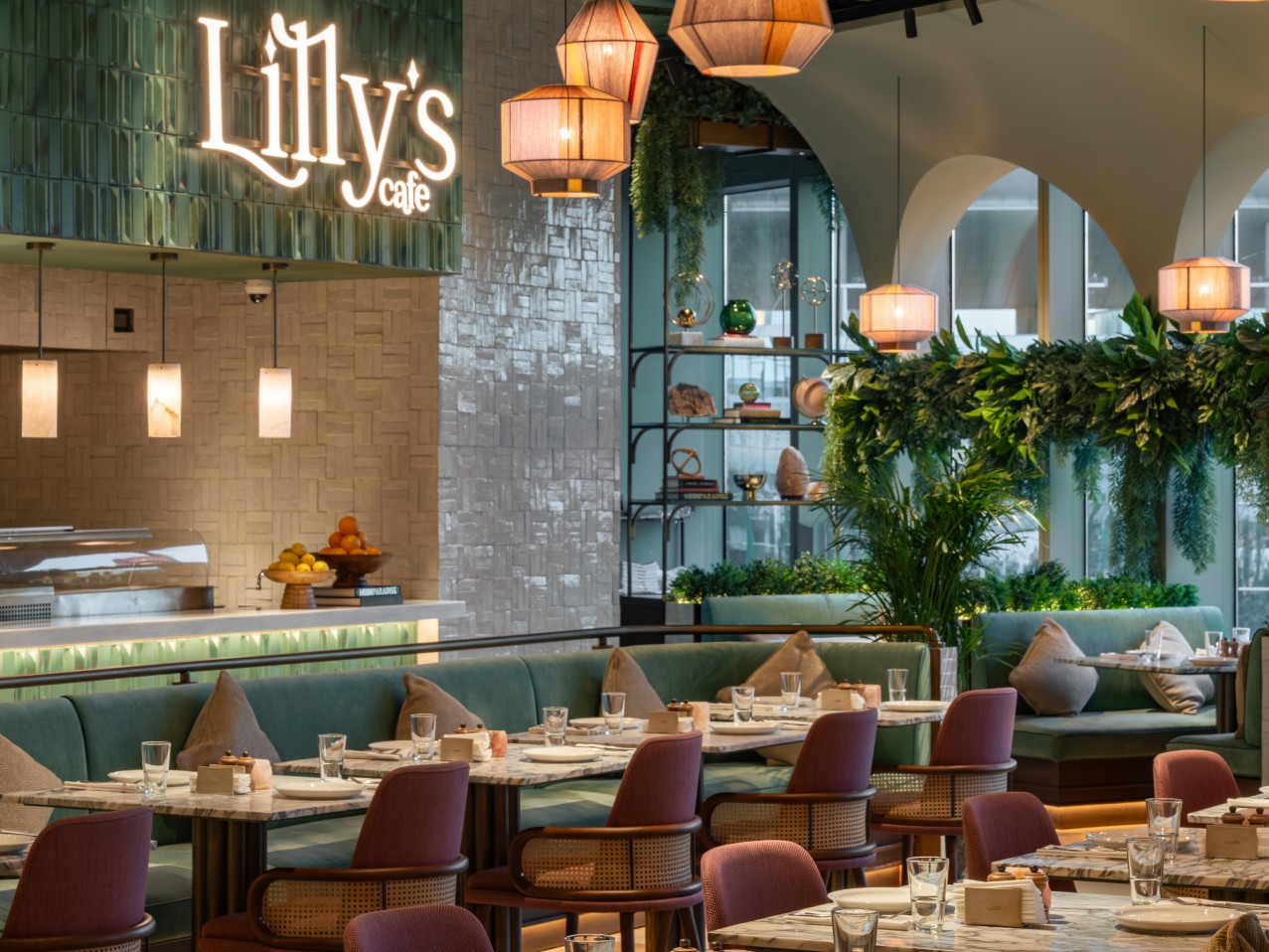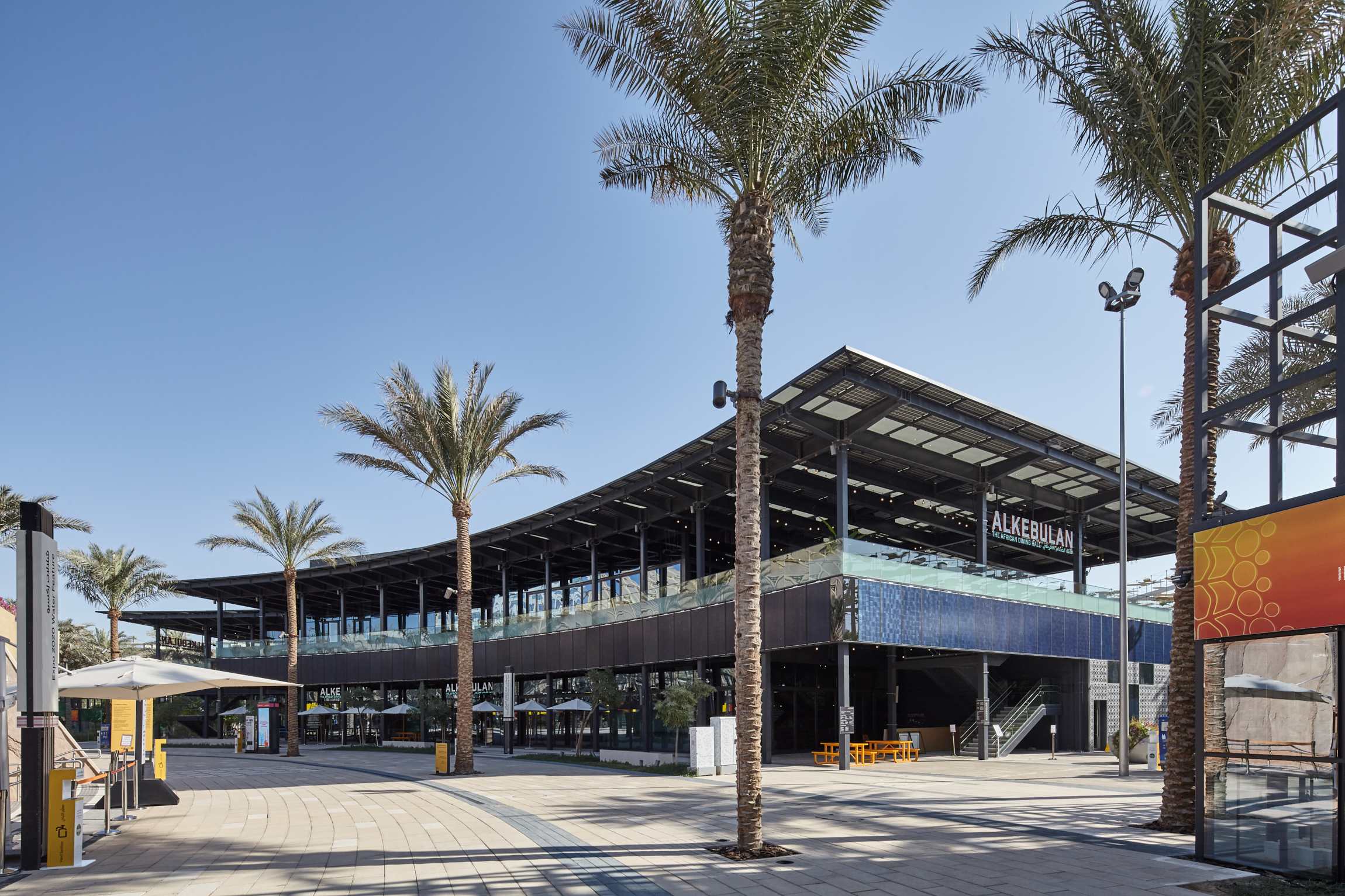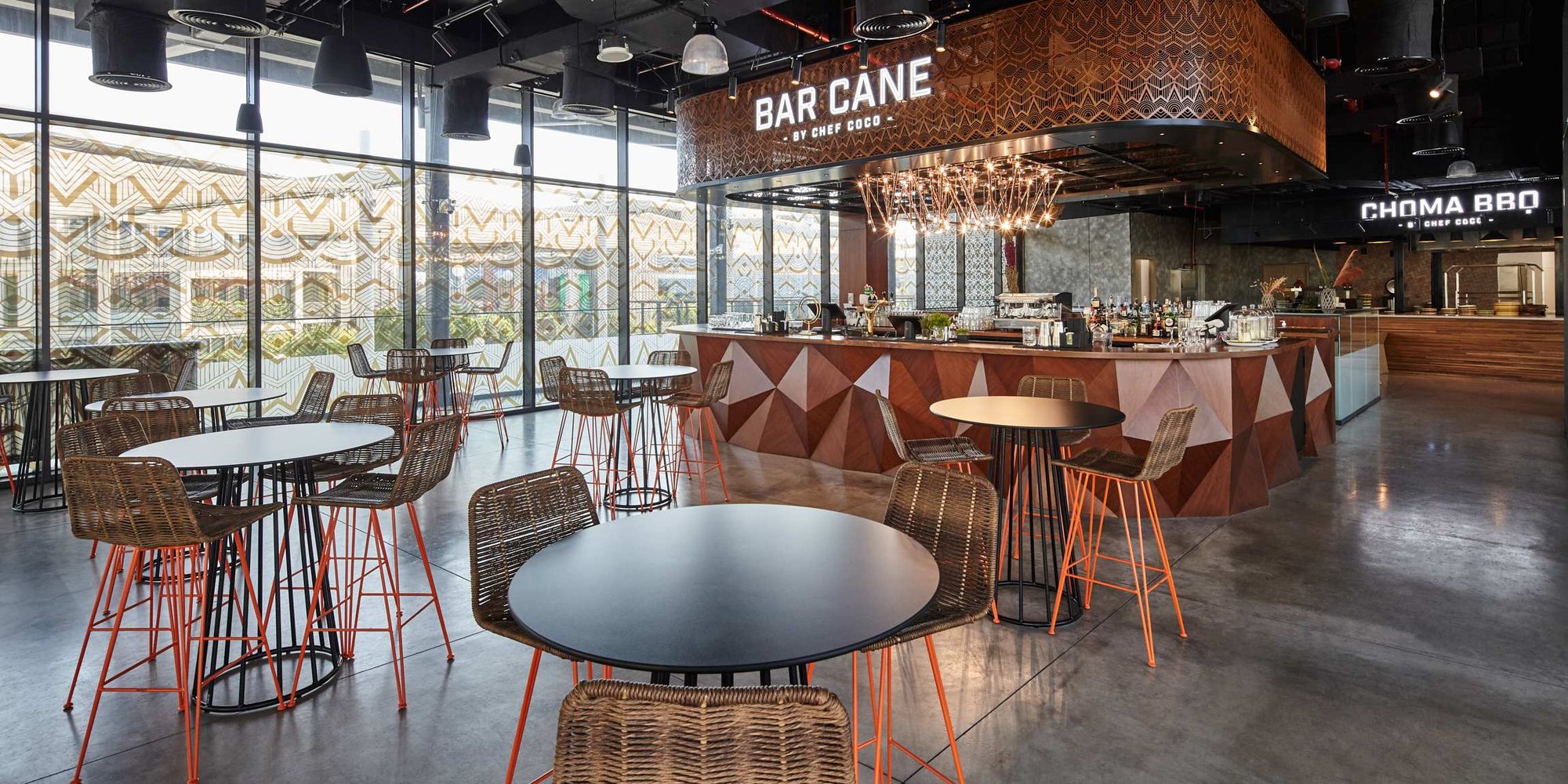The way people experience and consume food is changing. One of the most prominent trends that has emerged in the world of F&B recently is the rise of contemporary food halls.
These communal dining spaces have now become a focal point for urban development, transforming traditional dining concepts and reshaping the way people interact with their surroundings.
The Evolution of Dining Culture
Food halls have a rich history that spans centuries, evolving from traditional marketplaces to modern, diverse spaces that celebrate a variety of cuisines.
We’ve seen traditional restaurants, with their fixed menus and formal atmospheres, giving way to the more dynamic and experiential approach to dining that food halls offer.
Food halls encapsulate the mood of the time perfectly, offering a diverse array of culinary options under one roof where people can mix, share, and socialise—reflecting changing consumer preferences, urbanization, and a growing appreciation for diverse and high-quality culinary experiences.
Among other things, structural arrangements such as seating are planned strategically to strike a balance between communal tables and private dining spaces, providing patrons with options that can be both open and intimate.
How to Build a WINNING Food Hall CONCEPT

Unlike traditional restaurants that might be limited by a specific cuisine or theme, food halls can bring together a wide range of options, from local favourites that promote farm-to-table offerings to international cuisine from renowned chefs.
Casual and Approachable Dining Experiences
The ambiance of modern food halls is distinctively casual and approachable. Without sacrificing the quality of food, visitors can enjoy a more relaxed and social setting that works for a variety of occasions, from family meals to post-work gatherings—also offering a mix of service styles such as street food and fine dining all under one roof.
Adaptability
The modular nature of food halls allows for easy adaptation to changing culinary trends.
Unlike standalone restaurants that might struggle to rebrand or shift their offerings year to year, food halls can quickly adjust their outlets to align with evolving consumer preferences. This adaptability ensures that the space remains relevant and appealing over time.
Build Your Concept Around People
Food halls often feature a mix of established and up-and-coming local vendors as well as guest chefs from around the world. This provides a platform for small businesses and artisans to showcase their offerings to a wider audience.
Developers and community builders can capitalise on this by curating a line-up that reflects the unique flavours and talents within the community, fostering a sense of local pride, or, showcasing food culture from around the world.
Experience-Driven Dining
Consumers today prioritise interactive and social experiences, and food halls deliver on this front.
Beyond the meal itself, diners can enjoy and experience the sights and aromas of diverse cuisines being prepared in front of them, with communal seating arrangements often facilitating interaction with other diners.
Developers will do well to tap into this experience-driven aspect to create a destination that caters to the local community but also attracts those from outside.
Al Mamlaka Social Dining

With a goal to redefine social dining in Saudi Arabia, our team curated a diverse F&B landscape in the heart of Riyadh’s Kingdom Centre—21 kitchens seamlessly blending local and international concepts.
This culinary haven offers patrons a unique opportunity to traverse the world through food while enjoying the relaxed, yet up-market, atmosphere centred on social interaction and sharing.
Tapping into consumer preferences, both locally and globally, Al Mamlaka stands as a testament to the transformative potential of F&B spaces, championing openness, inclusion, and diversity all while maintaining the highest quality of food and service.
Characterised by aesthetic sophistication, we wanted to create a space that offered upscale materials, modern architecture, and luxurious finishes—in addition to a space that was open, inclusive, and social.
It’s perhaps more apparent in a place like KSA than anywhere else how these establishments contribute to the evolving landscape of urban dining, providing a unique and elevated alternative to traditional fine dining establishments.
How Developers Can Benefit from Food Halls

Adding a food hall to a property development or new community can enhance its appeal by creating a vibrant and dynamic communal space, attracting a diverse demographic.
If done well, this amenity not only increases foot traffic and time spent within the development, but also contributes to a sense of community, making the property a destination that goes beyond being merely a residential or commercial space.
Below are a few our most important tips for developers considering a new food hall development.
-
Collaboration with Chefs and Visionaries – Working with passionate professionals in the world of F&B is one of the best ways to create a winning food hall concept that offers something different. When we worked with the acclaimed chef Alexander Smalls on Alkebulan, the first African food hall at Expo City Dubai, this collaboration was essential for bringing life and personality to the project.
-
Thorough Market Research - Understanding local demographics, culinary preferences, and existing competition is crucial for creating a food hall that meets the needs and desires of the community.
-
Flexible and Inclusive Design – A food hall’s design should prioritise flexibility and inclusivity. Modular spaces that can be easily reconfigured allow for the accommodation of new vendors and changing trends as well as diners of all abilities.
-
Location and Accessibility - Proximity to public transportation, parking facilities, and other amenities are important considerations when it comes to accessibility for both residents and visitors.
-
Community Engagement - Seeking input from residents, hosting events, and incorporating community-driven elements can foster a sense of ownership and pride. This community-centric approach not only ensures initial success but also sustains the food hall's popularity over the long term.
Investing in Food Halls
The rise of food halls represents a paradigm shift in how people approach dining and community spaces.
Developers keen on tapping into this trend must embrace diversity, adaptability, and a community-centric approach.
By creating a space that offers a wide array of culinary experiences, supports local businesses, and fosters a sense of community, it’s possible to meet the evolving preferences of modern consumers but also contribute to the vibrant and dynamic landscape of an urban development.
-1.png?width=3330&height=698&name=TGP%20International%20Logo%20White%20(1)-1.png)

